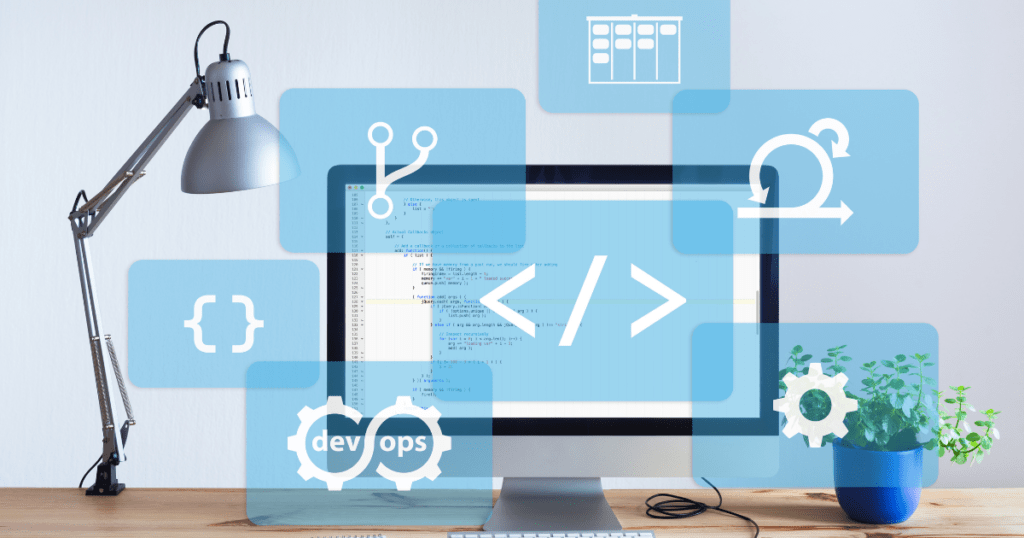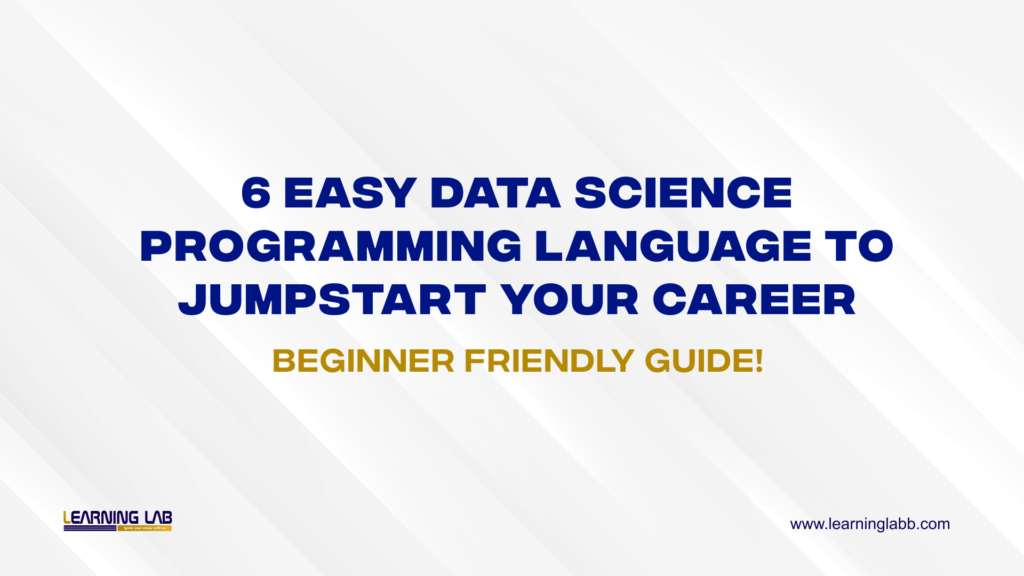In the rapidly evolving field of data science, having a strong foundation in Data science programming languages is crucial. With the increasing demand for data-driven insights and analytics, data scientists are expected to possess a diverse skill set that includes proficiency in specific Data Science programming languages.
If you are aspiring to become a data scientist or looking to enhance your existing skills, it’s essential to know which programming languages for data science are most relevant and valuable in this domain. In this article, we will guide you through the top programming languages for data science you should learn for data science, equipping you with the knowledge to excel in this exciting field.
What Programming languages for data science Should I Learn?
There are many programming languages for data science that you can learn and begin your career in data science and here is the beginner’s guide to data science languages that will help you begin your career in data science cautiously:
1. Python: The Swiss Army Knife of Data Science
Python has emerged as the most demanded and easily opted programming language for data science due to its versatility and extensive ecosystem of libraries. With its clean syntax and intuitive design, Python enables data scientists to write concise and readable code. It provides a rich set of libraries such as NumPy, Pandas, and Matplotlib, which are widely used for data manipulation, analysis, and visualization.
Moreover, Python’s compatibility with other Data science programming languages and frameworks, along with its robust machine learning libraries like scikit-learn and TensorFlow, make it an indispensable tool for data scientists.
2. R: Statistical Computing Made Easy
R is another prominent Data science programming language extensively used in the field of data science. Developed explicitly for statistical analysis and graphical representation, R offers a vast collection of packages tailored for data manipulation and visualization.
R’s extensive statistical capabilities, combined with its vibrant community, make it a popular choice among statisticians and researchers. If we talk about a beginner’s Guide to data science languages then it’s also trending there.
Its ability to handle large datasets and perform complex statistical modeling and machine learning tasks positions R as a valuable language for data scientists.

3. SQL: Unlocking the Power of Databases
Structured Query Language (SQL) is essential for data scientists who work with databases. Proficiency in SQL enables you to efficiently extract, manipulate, and manage data stored in relational databases.
With the proliferation of data and data science programming languages in today’s digital landscape, the ability to write optimized queries and retrieve information from databases is critical.
SQL provides the necessary skills to work with large datasets and perform advanced data analysis, making it a fundamental language for data scientists.
4. Java: Scalability and Performance
While Python and R dominate the data science landscape, if you have a question about what programming language is the best for data science then Java remains a powerful language in the industry.
Known for its scalability, performance, and robustness, Java is often favored for building enterprise-level applications that require handling vast amounts of data.
Java’s compatibility with big data frameworks like Apache Hadoop and Apache Spark makes it an excellent choice for processing and analyzing massive datasets.
Although not as commonly used in data science programming languages as Python or R, having a solid understanding of Java can give you an edge when working with complex data engineering tasks.
5. Scala: Combining Functional and Object-Oriented Programming
Scala, a hybrid functional and object-oriented programming language for data science, has gained popularity in the data science community, primarily due to its seamless integration with Apache Spark.
Scala’s concise syntax and strong static typing make it an efficient language for distributed data processing. As Spark has become a standard framework for big data analytics, learning Scala can significantly enhance your ability to work with large-scale datasets and perform parallel computations.
6. Julia: Performance and Speed
If we talk about another data science programming language then Julia is a another new programming language for data science specifically designed for scientific and numerical computing.
With a focus on performance, Julia aims to bridge the gap between the ease of use of Python and the computational efficiency of languages like C or Fortran.
Julia’s just-in-time (JIT) compilation allows for fast execution of code, making it suitable for computationally intensive data science tasks.
While Julia is still evolving, it shows great promise for high-performance computing in data science and is worth exploring, particularly for those interested in scientific research and numerical simulations.

Top 3 easy languages in data science to begin with as a beginner
If you asking about beginner’s guide to data science languages or still have doubts what programming language is best for data science then here are The top 3 easy languages in data science to begin with as a beginner:
- Python: Python is considered easy to learn due to its simple and readable syntax. It has a vast ecosystem of libraries like NumPy and Pandas that make data manipulation and analysis straightforward.
- R: R is known for its user-friendly interface and extensive documentation, making it accessible for beginners. It has a wide range of statistical packages that simplify data analysis tasks.
- SQL: SQL is easy to grasp as it follows a declarative syntax. It allows beginners to retrieve, manipulate, and manage data stored in databases without requiring complex programming concepts.
These languages provide beginner-friendly resources and community support, making them ideal for individuals starting their journey in data science.
Quick tips to learn a programming language for data science as a beginner
Being a beginner in any field can be challenging and when it comes to data science it’s crucial to choose the right language which you love to work in so here is the beginner’s guide to data science programming language with quick tips to learn a Data science programming language as a beginner:
- Set Clear Goals: Define your objectives and focus on specific topics within the language.
- Practice with Real Data: Work on projects using real datasets to apply what you learn.
- Utilize Online Resources: Take advantage of free tutorials, courses, and interactive platforms.
- Join Data Science Communities: Engage with like-minded individuals to ask questions and share knowledge.
- Code Along: Follow coding examples and replicate them to understand the language’s syntax and concepts.
- Emphasize Hands-on Experience: Solve coding challenges and participate in data science competitions.
- Read Documentation: Familiarize yourself with the language’s documentation for in-depth understanding.
- Be Persistent: Consistency and regular practice are key to improving your skills in data science languages.
Conclusion
Learning Data Science programming languages is just the first step.
Data science is a multidisciplinary field, and it’s essential to develop a strong foundation in statistics, mathematics, machine learning algorithms, and domain knowledge. Continuously updating your skills and staying abreast of the latest trends and technologies will ensure your relevance and success as a data scientist.
By mastering these programming languages, you can equip yourself with the necessary tools to tackle complex data science challenges and stay ahead in this rapidly evolving domain.
For more content you can follow us on Instagram, Linkedin & Youtube





